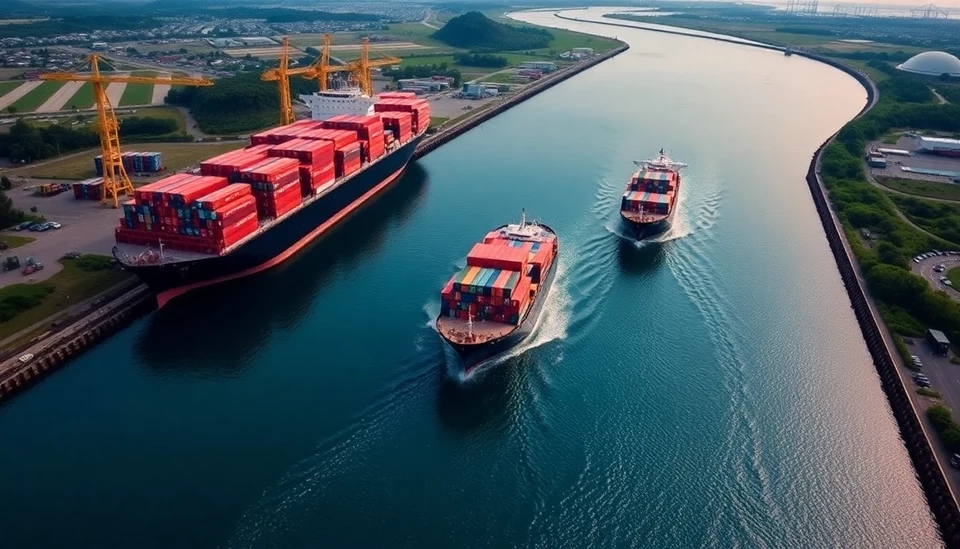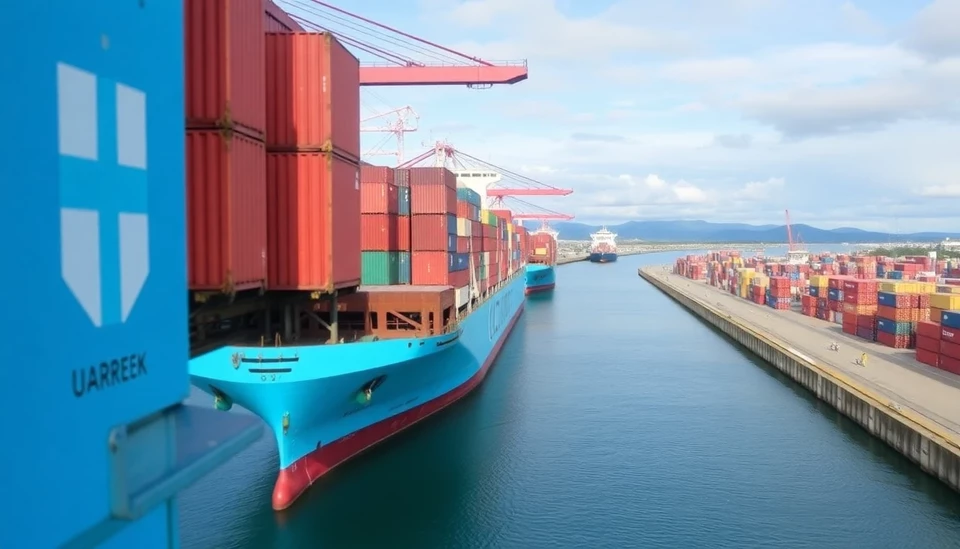
The Panama Canal, a critical artery for global trade, is experiencing significant changes that are set to reshape supply chains across the globe. Recent developments reveal a surge in shipping activity, coupled with strategic modifications aimed at enhancing efficiency and capacity within the canal’s operations.
According to reports, the Panama Canal Authority has announced a series of initiatives designed to improve transit times and increase the maximum allowable size of vessels traversing the canal. These enhancements come at a time when global shipping demand is on the rise, driven by a post-pandemic economic recovery and evolving consumer trends.
Citing an increase in large container ships seeking passage through its waters, the canal officials have implemented measures such as expanded lock operations and optimized scheduling protocols. This not only reduces congestion but also aims to ensure that shipping routes remain competitive and reliable amidst fluctuating maritime conditions.
One of the most notable changes involves the revision of fees for vessels utilizing the canal. As the cost of moving goods continues to escalate due to various geopolitical factors, the Panama Canal Authority has devised a pricing strategy that balances revenue generation with the need to maintain a steady flow of maritime traffic. This careful calibration of canal fees is expected to retain existing customers while attracting new shipping lines to the route.
The economic implications of these advancements are far-reaching. Analysts suggest that improved efficiency in the Panama Canal could lead to lower transportation costs, which may benefit consumers in the long run. Industries relying heavily on imports and exports stand to gain as quicker transit times can enhance inventory management and reduce stockouts.
However, these changes are not without challenges. Environmental concerns remain a pressing issue as increased shipping traffic can lead to greater ecological impact in the surrounding areas. The Panama Canal Authority is actively working to address these concerns by implementing sustainable practices and regulations aimed at minimizing harm to local ecosystems.
The Caribbean, nestled beside the Panama Canal, is also feeling the effects of these changes. As shipping routes expand and commerce flourishes, this region is poised for potential growth, which may create new economic opportunities for coastal communities reliant on shipping and trade.
In conclusion, the ongoing enhancements at the Panama Canal signify a pivotal moment in global shipping logistics. As the world adapts to a changing trade landscape, the canal's ability to accommodate larger ships and streamline operations will be integral to supporting economies worldwide. The meeting of supply and demand on this crucial trade route highlights not only the resilience of global supply chains but also the potential for innovation in the face of ongoing challenges.
#PanamaCanal #GlobalTrade #ShippingNews #SupplyChain #Maritime #Logistics
Author: Daniel Foster




